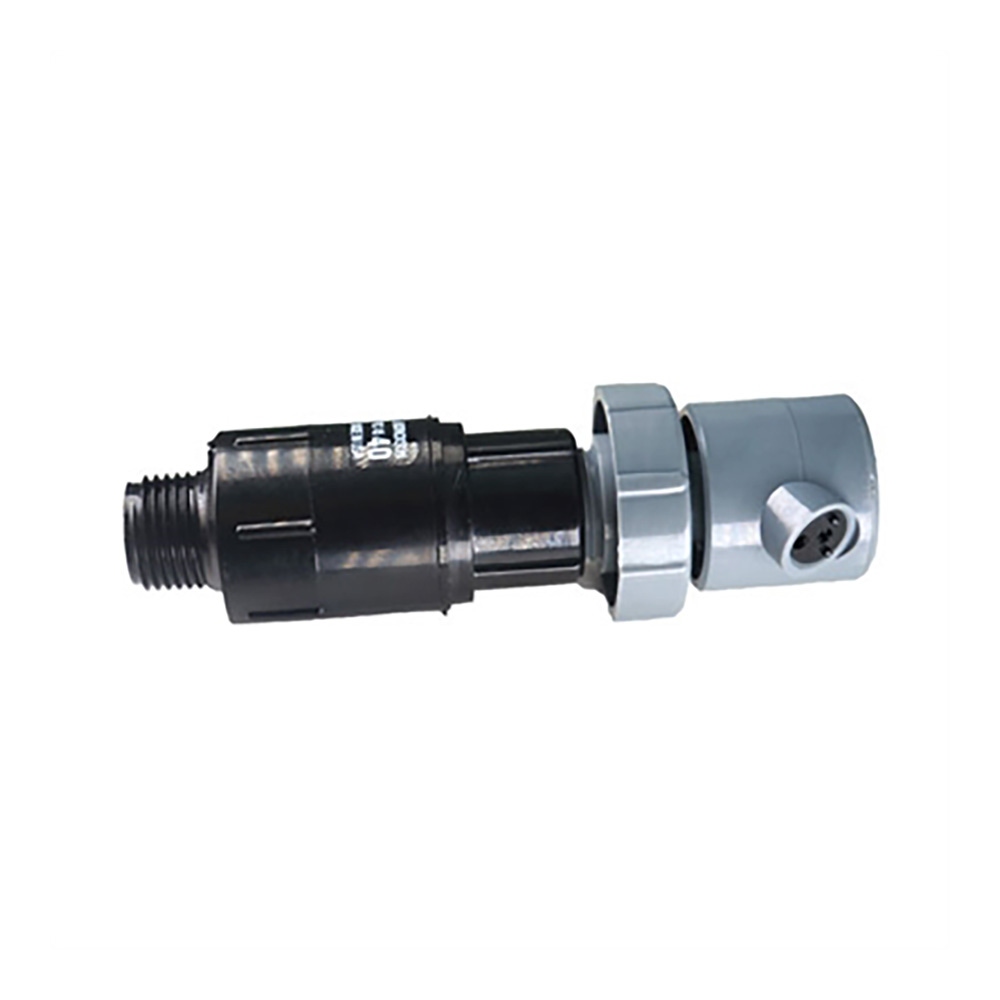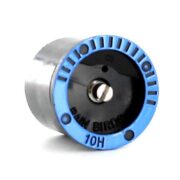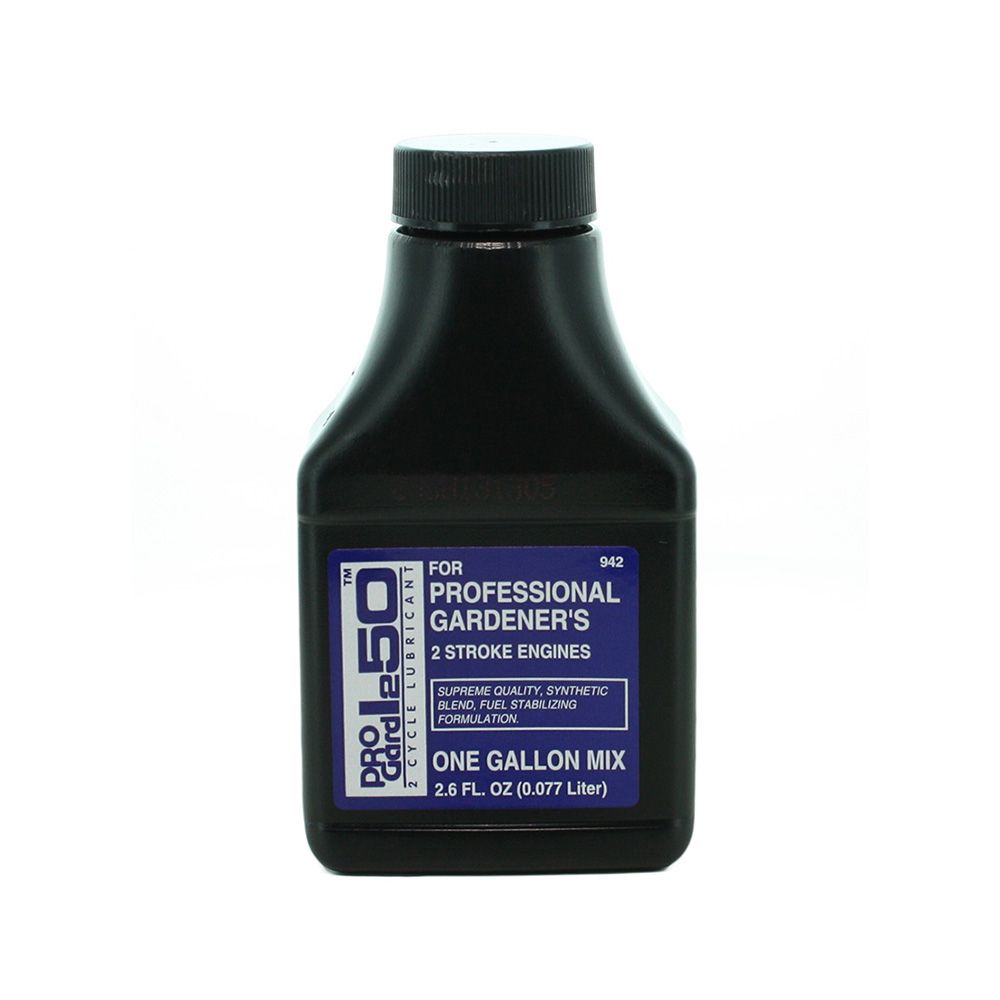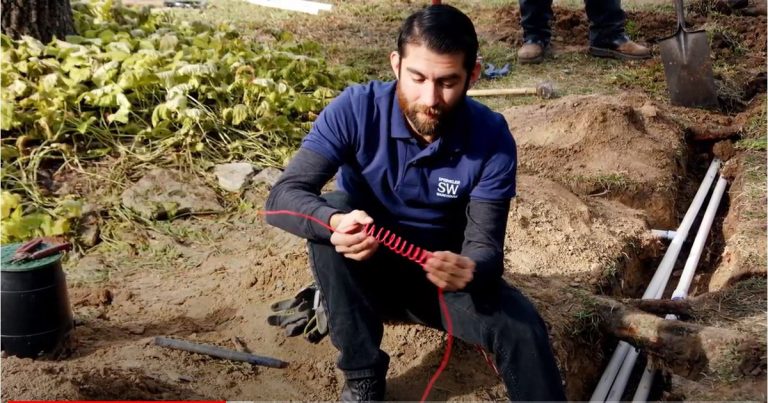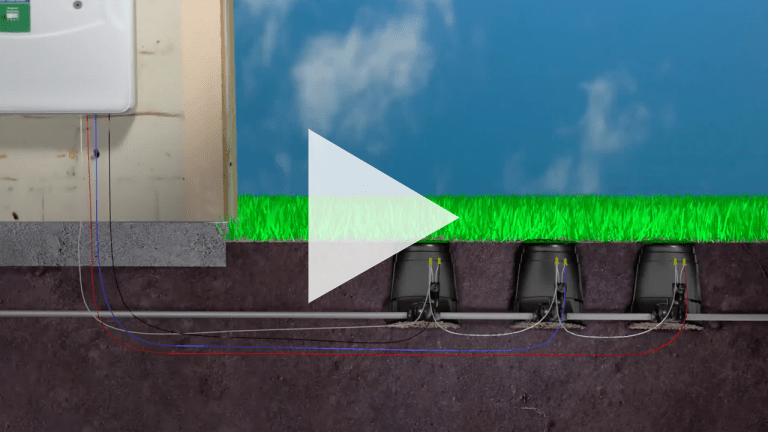Running A Wire To Your Sprinkler System
I’m here with Steve the owner of Sprinkler Warehouse and he’s about to tell us how to run wire to our sprinkler systems.
Q: What kind of wire are we running today, Steve?
Steve: We’re running direct burial irrigation wire today. It’s a 16-gauge wire and it’s made for direct burials. So, we don’t have to worry about running conduit all the way back to the controller. We can just run the wire in the ground in the same trenches as the pipe. We’ll tuck the wire up underneath the pipe to protect it from any shovels in the future. But again, we don’t have to worry about running conduit because we are using a wire that’s designed for direct burial out here in the yard.
We’re going to run our wire from the controller. In this situation, it’s in the backyard in the garage. It will begin from that controller around the back of the property, down the side of the house, and then across the front over here to our furthest valves away from the controller. So, starting here we need to make sure that we’ve got a red wire or a hot wire for each valve. In this case, we’ve got three valves so, we’re going to have three red wires. You only need one common, that’s it! Not ten.
This creates somewhat of a daisy chain. We would normally run the wire straight from these valves all the way back to the controller and tuck the wire underneath the pipe to protect it. The common wire (white) is daisy-chained from valve to valve. We need to be careful in fact, I always advise people to walk the property back to the controller and make sure you’re not going to cross any obstacles that would prevent them from running the wire.
Q: What Obstacles Will I Face When Running My Sprinkler Wire?
Steve: In this case, we have a sidewalk to deal with. Earlier, we went under the concrete sidewalk with a piece of the conduit so we prepared ourselves to go under with wire. We’re going to start here, bring the wire underneath in the conduit over to the valves, and hook up the valves.
Then, finish running the wire around the side of the house to the backyard. After that’s complete, we’ll start over here on these valves. We’ll run our two red wires all the way back to the controller again and then we’ll finish up with our valves that are in the backyard. Make sure to unspool enough extra wire in order to successfully reach the smart controller’s location before cutting it. This will help to avoid running into any obstacles.
Q: How To Protect Your Wire From Power Surges
Steve: Now that I’ve pulled the wire down to the valve I’m going to tuck it in underneath the pipe and I’m going to leave about two and a half feet of coil. You want about two and a half extra feet to coil up to protect from surges. Let’s demonstrate how to make a coil on the rest of these wires. Now, what this does is as it adds a little bit of extra protection against power surges.
We’re going to take a little pipe like this and wrap our cable around the pipe. We’re going to go ahead and leave some slack right there. Boom! Coil. Now we’re going to do that to all of them. Avoid electrical shorts by only using silicone encapsulated wire connectors.
Pro tip: place a mound of compacted dirt every so often to help keep the wire in place and from being pulled away from the valves during installation.
Q: How Do I Protect My Wire For My Sprinkler System
Steve: Now in order to protect your wires from damage you’re going to want to run them through some PVC conduit. Start from where it comes out of the ground all the way to your smart controller. When sprinkler wire is run above ground, use PVC pipe as a conduit to protect it from damage by weed whackers, other lawn equipment, or pets.
The wires may need to be accessed for maintenance, so there’s no need to glue the conduit and fittings together. Where the wire is exposed above ground, both outside and inside, it should be protected inside the conduit.
Q: How Do I Connect My Wire To The Controller To Configure Each Zone
Now we have successfully installed all the wires to our controller we have our rain sensor wire. Let’s power on your system. Then, what we’re going to do is strip the red wires one by one and we’re going to touch them to a powered terminal. That’s going to start to isolate which wire goes to which zone because we don’t know which wire goes to which zone at this point. If we turn on terminal number one and start touching a wire to it, it’s going to turn on one of the zones in your yard.
Let’s just say that turns on number seven. We count one, two, three, four, five, six, seven on the controller and connect it to number seven over here. Go on down the line, until we know which wire, goes to which zone, and then we connect it to that corresponding zone, and so on.
The More You Learn, The More You Grow At Sprinkler Warehouse
Remember Sprinkler Warehouse has everything for your irrigation needs so your trees, lawn, gardens, and flower beds are lush and beautiful. If you have any questions about irrigation, chat with one of our superb customer service agents on SprinklerWarehouse.com. They really know their stuff, and they will get you squared away.
Subscribe to our YouTube channel for helpful tips tutorials and general sprinkler instruction. I’m your Sprinkler Warehouse Pro, I’ll see you later irrigator!






















